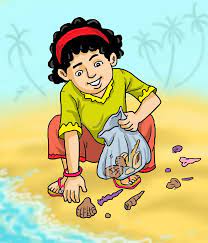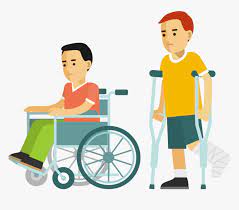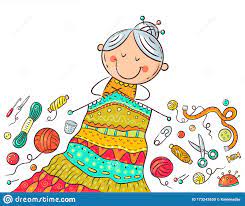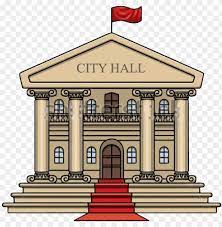Module 1
Lesson 4 and 5
Keeping traditional Arabian crafts alive
*Before reading:
Have a look.What do these pictures show?
a. b.
b. c.
c. d.
d.
e.
The answer: a. accessories b. collect c.disabled d. handmade e. municipality
************************************************
*The keywords :
| The word | The meaning | The part of speech |
| Collect | to get and keep things of one type such as stamps or coins as a hobby | Verb |
| Disabled | not having one or more of the physical or mental abilities that most people have | Adjective |
| Handmade | made using the hands rather than a machine | Adjective |
| Municipality | a city or town with its own local government, or the local government itself | Noun |
| Accessories | something added to a machine or to clothing that has a useful or decorative purpose | Noun |
| Attractive | very pleasing in appearance or sound | Adjective |
*While reading
*The main ideas:
1.Talking about Um Issam and hers center.
2.Making a list of things that Um Issam working in.
3.Helping poor women by giving them courses.
4.Taking this hobby from her mother and her grandmother.
5. The idea that she got this point from people.
*****************************************************************
1.Who is Um Issam?
The owner of Halima Al-Sadia Centre.
2. What did she make?
Traditional clothes , accessories, small bags for mobile phones, small carpets and furniture.
3.Who did learn her?
Her mother and grandmother.
4. Who did she help?
Poor women and disabled people.
***********************************************************************
|
✻ A ✻ woman ✻ with a ✻ vision ✻ “Hello! Welcome to the Halima Al-Sadia Centre ! I’m Um Issam. Why (1) ____ (I / set) up this centre? I (2) ____ (begin) collecting traditional objects and clothes forty-five years ago because I wanted to save our traditions. Twenty-five years ago, I started my own business. Later, I realised I could also help poor women to start their own businesses.” ✻ “People always liked the traditional clothes that I (3) ____ (wear). This is how I got the idea to design clothes, accessories, small bags for mobile phones, small carpets and furniture. I knew how to make traditional handicrafts because I (4) ____ (learn) the skills from my mother and grandmother. I watched my mother work from the time I (5) ____ (be) eight years old. My aim, however, is to protect our tradition.” ✻ “I (6) ____ (not want) to keep my knowledge to myself. So, I decided to give courses on traditional crafts to poor women. The town municipality also helps me by providing all the materials we need.” ✻ “I also help disabled people by showing them how to make simple but attractive handmade materials, and we all enjoy spending time together.” |
*After reading:
*The pronoun (I) refers to: Um Issam
*More questions of the lessons:
1. Who is Um Issam?
The answer: She is the owner of the Halima Al-Sadia Centre.
2.Why did she set up this centre?
The answer: Because she wanted to save our traditions.
3.Who did she help?
The answer: She helped the poor women and disabled people.
4.How did she get the idea?
The answer : People always liked the traditional clothes that she wear.
************************************************************************************************
SB page 8 / exercise 1:
1 Read Um Issam’s story. Then, complete this article with the correct form of the verbs in brackets
The answer: 1. did I set; 2. began; 3. wore; 4. learnt; 5. was; 6. did not want (didn’t want)
****************************************
SB page 8 / exercise 3:
3 Listen to the words below in context. Try to guess their meanings.
The answer:
1. My sister works in an accessories shop selling jewellery. I got a necklace from there for my mum to go with her new dress.
2. I began to collect books 20 years ago, and now I have over 1000 of them.
3. The building had no stairs, so that disabled people could enter in their wheelchairs.
4. They put the most attractive clothes in the shop window so that people would go into the shop.
5. Handmade clothes last longer than clothes made by machines. People can make things more carefully than machines can.
6. My dad is part of the municipality because he wants to make our region a nicer place.